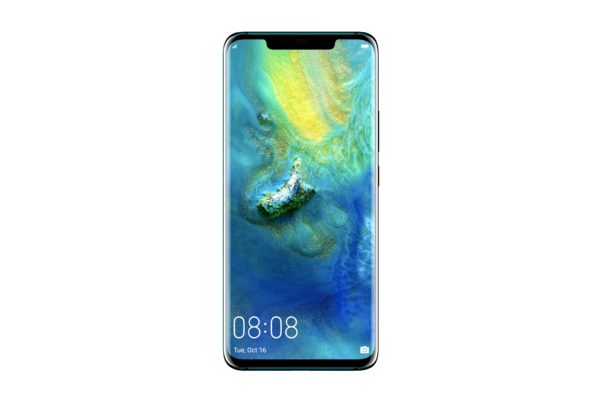
You’d stick with formula if you hit a winning streak in a tough smartphone market, but Huawei has made significant changes in its new Mate 20 Pro flagship phone unveiled just moments ago in London.
First off, you get a curved screen, with sloped-off edges just like Samsung’s high-end Galaxy phones. There is very little bezel at the edges and yes, it reminds one of a Samsung flagship. That’s not a bad thing.
Though the new Mate 20 Pro has the same same glass back as last year’s Mate 10 Pro, there’s now a special treatment applied to it.
This so-called Hyper Optical Multi Pattern offers more grip while maintaining the reflective nature of glass. The result is more assured handling of the big phone, going by my early hands-on experience with the phone.
You will also notice that the fingerprint sensor is now hidden from view. It is residing below the display. just like on the Vivo X21 and Huawei’s own Porsche Design Mate RS.
Alternatively, you can unlock the phone using your face. This is done with the front-facing 24-megapixel camera, which is similar to the iPhone XS.
From my early experience, the face unlock seems to be faster than the under-display fingerprint sensor. The newfangled feature often struggles to get a good lock on my thumb print.
Speaking of the screen, the huge 6.4-inch OLED display comes with a sharp 3,120 x 1,440 resolution. Okay, you may be hard pressed to see the difference on a Full HD movie, but the sharpness helps when you are reading words in fine font sizes.
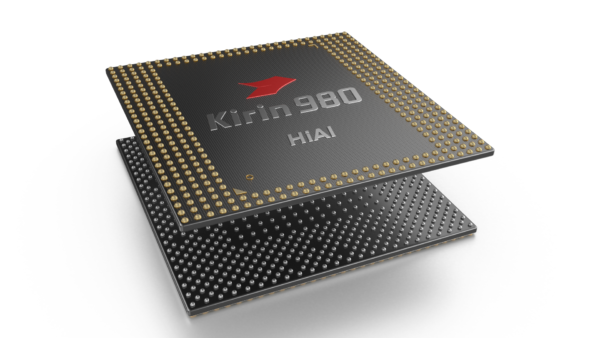
Under the sleek cover, Huawei is using its new Kirin 980 chip that promises faster processing and improved artificial intelligence (AI). The 7-nanometre manufacturing process lets it cramp in more performance into a small space.
Perhaps more important is the fact that the Mate 20 Pro will be the first smartphone to have “flex scheduling”. This means the phone actively manages the computational power needed for various applications.
That would also mean better control of the battery consumption on an already impressive 4200mAh power pack that’s squeezed into the slim chassis.
The battery can be be charged using Huawei’s new 40-watt supercharge technology that can fill up 70 per cent of battery power in 30 minutes.
Perhaps most interestingly, the Mate 20 Pro can juice up other phones using the wireless Qi standard. Yes, with that huge battery, it can wirelessly power up another phone pressed against it.
You’ll have to set that up but it’s cool to be able to help a buddy out with a phone that not only lasts but keep other devices charged up.
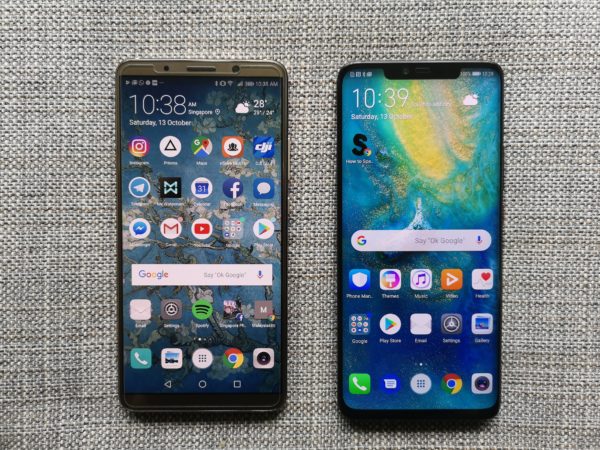
Perhaps the biggest change is in the camera. Instead of adopting the same one on the P20 Pro, Huawei has followed LG and dropped its monochrome sensor in favour of an ultra wide-angle lens.
The optics are still made together with Leica, which is what gained Huawei a lot of praise for its photography prowess in the past couple of years. However, you get a more conventional setup on the Mate 20 Pro.
It now comes with three different zoom lenses – a 8-megapixel, f2.4 telephoto lens at 80mm full-frame equivalent, a 20-megapixel, f2.2 ultra wide-angle lens at 16mm full-frame equivalent and a 40-megapixel, f1.8 main lens with 27mm full-frame equivalent.
For capturing wide landscapes, you are definitely better equipped here than before. Especially for holidays with a great backdrop, the Mate 20 Pro will be a great companion.
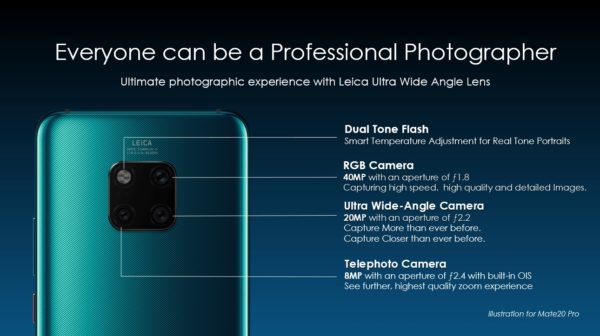
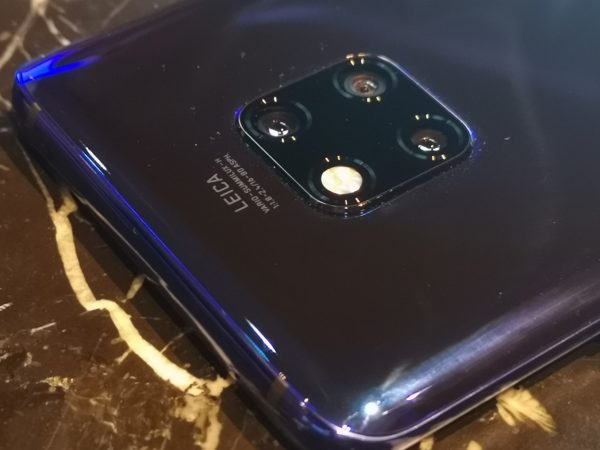
Now, the big question is whether the image quality will suffer without the monochrome sensor, which has been used in the past to combine with a colour sensor to produce great images with superb contrast.
According to Huawei, the colour sensor has improved so much that it doesn’t need a separate mono one to produce great images. It’s an interesting argument.
Until I get to test the Mate 20 Pro more, I will reserve comment on the image quality for now. I did manage a few quick shots in a media preview last week in Singapore. Here they are:
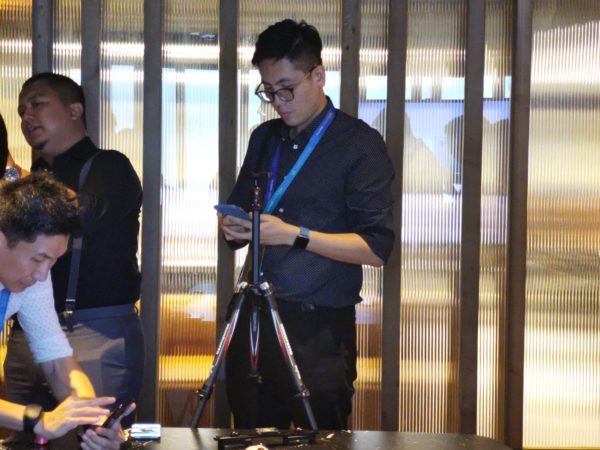
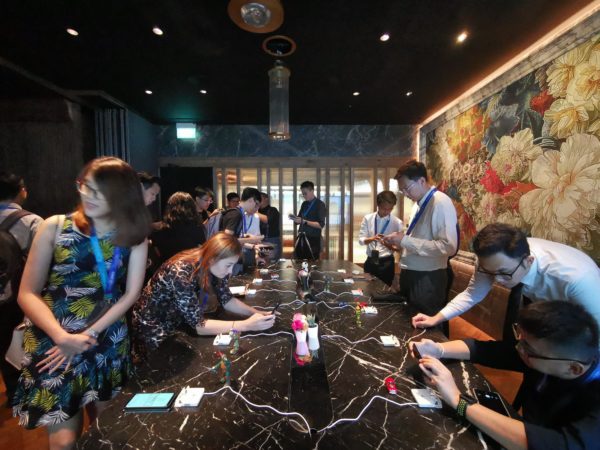
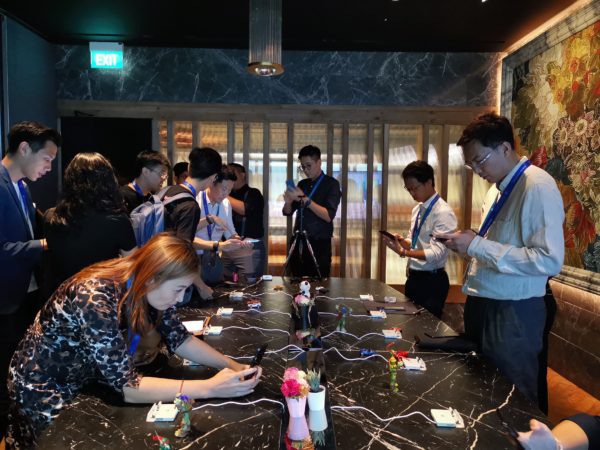
Of course, the quality of the image depends not just on optics but also the software these days. Here, Huawei is touting that the two image signal processors in the Kirin 980 chip will let the Mate 20 Pro pick up multiple elements in a frame.
This way, it can apply various effects on both still and video images to enhance them. The promise is a more natural and accurate capture of the scene with better details in the highlights and shadow areas. Again, I need to check this out more.
Like any new phone these days, you get lots of gimmicky features as well. On the Mate 20 Pro, you can choose bokeh of different shapes and designs, if you find the regular circular one boring. This is something I have seen in some popular apps so this is not exactly new.


Good news is, the faster processor has improved the capability of the video camera too. You can use a number of filters that add bokeh or “nostalgia” to your moving pictures. for example
When in AI Zoom video mode, the Mate 20 Pro is able to track and zoom into a subject that is moving around. Parents with very active kids will certainly welcome this nifty feature when capturing the little ones playing.
The faster processor has also created a way for users to animate objects with the new Mate 20 Pro. During a demonstration, Huawei showed the phone scanning a doll and creating a 3D model of it in the phone.
The model can then be manipulated and animated on screen. This is to create an augmented reality scene to be captured as a video clip or still image to be shared online.
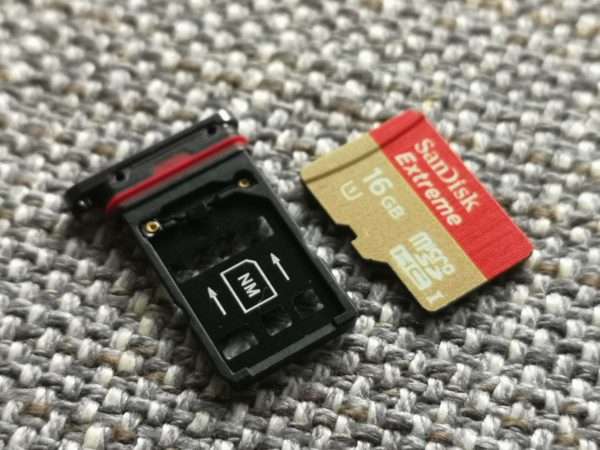
If you shoot lots of videos or photos, then you need to know that the Mate 20 Pro now supports only a different Nano Memory card. So, those microSD cards of old won’t fit into the smaller slot.
Want to buy a new Nano Memory card? No news on when this is out, though you can expect to buy a card capable of holding up to 256GB. Again, this is one change that is a little unexpected, given how successful the formula was in previous Huawei flagships of late.
Another interesting find on the Mate 20 Pro is the lack of a speaker grille. Instead, the sound comes out from the USB-C port and the top speaker. During my quick tests, I was surprised I could still hear the sound very clearly, though it seems to be not as loud as previous Huawei models.
For better sound, use your earphones, of course. And wireless ones will help because the Mate 20 Pro has no headphone jack.
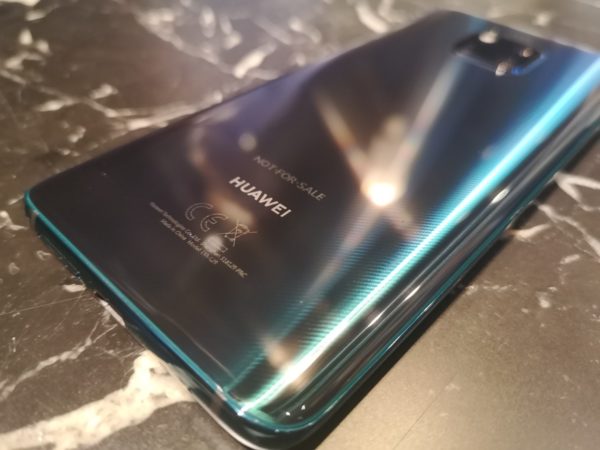
Software-wise, the Mate 20 Pro will be one of the first smartphones to use Google’s latest Android “Pie” operating system, though also it comes with Huawei’s new EMUI skin. What you get are similar gesture controls I have seen on Vivo and Oppo Smartphones.
Sliding from the bottom will bring you back to home page. Slide upwards and hold and and you gain access to other opened apps. Sliding from the left or right frame of the phone will return the phone to the previous screen.
These gestures seem useful, especially in eliminating soft buttons that take up space on the screen. However, if they frustrate you, then you can revert to the soft keys that you might be more familiar with.
On the whole, the Mate 20 Pro looks the part, especially in the looks and specs departments. Going for S$1,348 and hitting the shops in Singapore on October 27, it is priced high like most flagships today.
A cheaper Mate 20, with a larger 6.53-inch screen and less-sharp Full HD+ resolution costs less at S$998, if you can take the compromises.
Compared to rivals such as the Google Pixel 3 XL, Samsung Galaxy Note 9 and Apple iPhone XS, the Mate 20 Pro certainly holds its ground well. For sure, it belongs to the top of the smartphone food chain today. The question is how high it ranks against the competition.
Check back for our full review soon!






